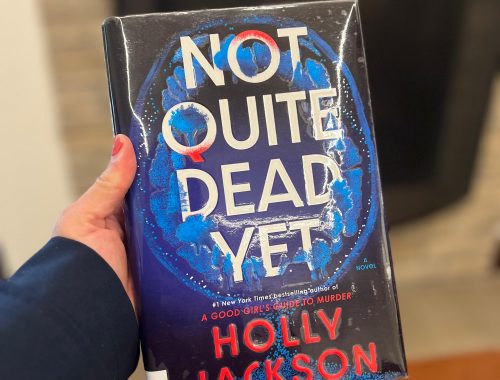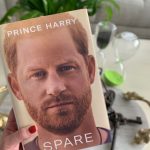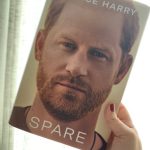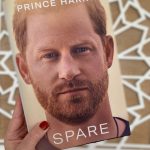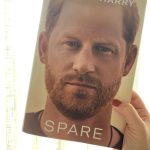
Spare – The Prince
Add Your Heading Text Here
Moderated by Julie Belliard – 410 Pages
Our rating

In a 2021 prologue, Prince Harry meets with his family, who don’t understand his reasons for leaving the royal family. He considers the reasons too complicated to articulate.
Part 1: Early Life and Loss (1997-2006)
The novel begins with a twelve-year-old Prince Harry learning of his mother’s death in 1997. He and his brother, Prince William, walk behind her coffin at the funeral. In his teenage years, Harry struggles academically and grapples with negative press attention for drug use and a scandal involving a Nazi costume. He finds solace in a gap year working with an AIDS charity in South Africa and a strong bond with wildlife filmmakers. He begins boot camp at Sandhurst Military Academy and graduates a year later.
Part 2: The Military and a Quest for Privacy (2007-2015)
In 2007, Harry visits the site of his mother’s death and grows convinced that the paparazzi caused the crash. He wants the inquest reopened, but the Palace advises against it. Harry serves as a helicopter pilot in Afghanistan but is forced to leave after journalists reveal his location. He struggles to adjust to civilian life and experiences anxiety. His relationships with girlfriends like Chelsy Davy and Cressida Bonas end due to relentless press harassment, which culminates in a scandal when nude photos of him are published. Meanwhile, Prince William marries Kate Middleton, and Harry founds the Invictus Games, a Paralympics for war veterans, inspired by his time with injured soldiers.
Part 3: A New Chapter and a Breaking Point (2016-2021)
In 2016, Harry meets and falls in love with Meghan Markle. The press’s constant harassment and a focus on Meghan’s race create tension. The couple marries in 2018, but disputes with Kate and William escalate. The press accuses Meghan of making outrageous demands and making Kate cry. When a newspaper publishes a private letter Meghan wrote to her father, Harry’s family opposes his wish to sue. Meghan confides in Harry that she no longer wants to live, and William gets into a physical altercation with Harry, calling Meghan “difficult” and “rude.” After a BBC radio presenter posts a racist image of their newborn son, Harry and Meghan sue three tabloids. The couple proposes a move to South Africa to escape the harassment. The family agrees to their departure but withdraws royal duties and armed protection. Harry and Meghan move to Canada and then the U.S. They have a miscarriage before the birth of their daughter.
Epilogue
In the epilogue, Harry learns of Queen Elizabeth’s grave illness. He flies to London, and on the way, he hears that she has died. At the funeral, he and his brother barely speak. The next day, he returns to California, where he sets a trapped hummingbird free, symbolizing his own journey to freedom.
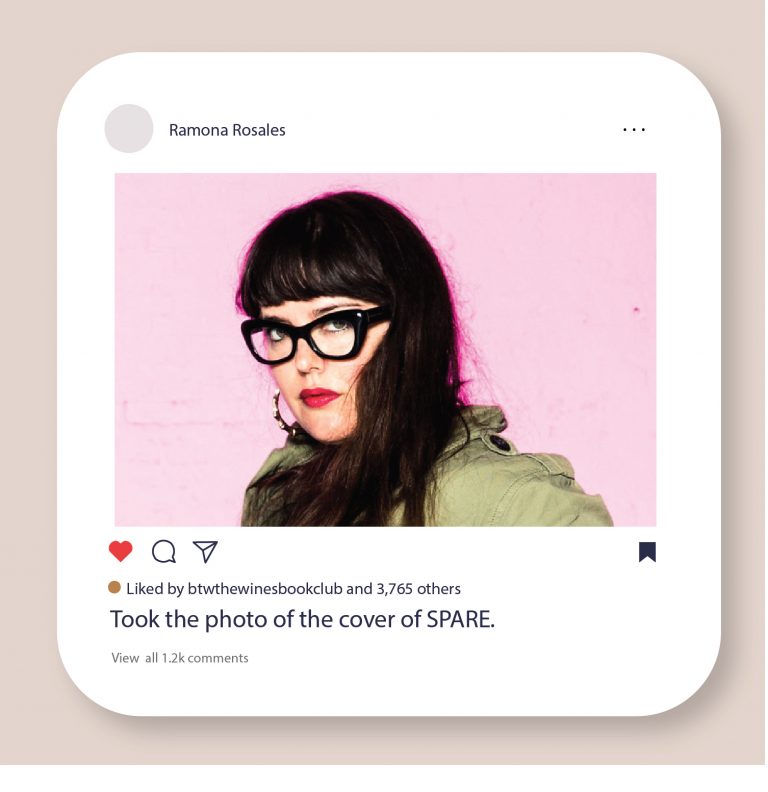
¿¡Quien no conoce al príncipe Harry?!
Podemos leer, escuchar, investigar noticias de la realeza pero nadie antes ha hablado abiertamente desde adentro sobre su realidad, qué tanto fantaseamos sobre ellos y que tán cruel y difícil son sus vidas?
Key Figures
Prince Harry, Duke of Sussex
Prince Harry is the author and subject of Spare. The memoir covers his life from age 12 to 38, beginning with his mother’s death and ending with his departure from the British royal family. The narrative is deeply subjective, shaped by his memory and point of view. Defined by his mother’s death and his status as the “Spare,” Harry struggles with feelings of inadequacy and unresolved grief. As a young man, he channels his energy into military service and charity work, but his personal life is plagued by negative press. His marriage to Meghan Markle brings him purpose, but relentless media persecution and a perceived lack of family support force him to choose between the royal family and his personal happiness.
Key Royal Figures
-
King Charles III: Harry’s father is portrayed in a complex light. At times, he is an affectionate parent, but he is often emotionally distant. Their strained relationship is compounded by differing views on how to handle the press and by Harry’s resentment over his father’s marriage to Camilla Parker Bowles.
-
Prince William, Duke of Cambridge: Two years older than Harry, William is portrayed as both his “beloved brother” and “arch nemesis.” Their relationship is marked by sibling rivalry and a shared grief for their mother, but it is ultimately shattered by William’s disapproval of Meghan, which culminates in a physical altercation.
-
Queen Elizabeth II: Harry depicts his grandmother as a figure of tradition and stability. He loves her but is frustrated by the formal barriers of royal protocol that prevent them from having a normal, informal relationship.
-
Diana, Princess of Wales: Though absent from the narrative, Princess Diana is a central figure. Harry idealizes her and views her death as a result of press harassment. Her life and activism serve as a guide for his own choices, including his decision to leave the royal family.
Key Supporting Characters
-
Meghan Markle, Duchess of Sussex: Harry’s wife is a turning point in his life. Her marriage requires great sacrifice, as she is subjected to intense media scrutiny and racism. Harry portrays her as a free-spirited and misunderstood partner who shares his desire for activism and a life of purpose.
-
Chelsy Davy: Harry’s South African girlfriend represents a life free from royal scrutiny. Her relationship with Harry highlights his internal conflict between his public duties and his desire for a normal, private life.
-
Teej and Mike: South African documentary makers who serve as surrogate parents to Harry. They provide him with a sense of sanctuary and acceptance, appreciating the “wild” side of his nature.
The Significance of Names
In Spare, names hold a powerful symbolic value, revealing Prince Harry’s evolving sense of self and his relationships with others. As he struggles with his identity beyond “Prince Harry” or “the Spare,” he adopts different names. At boarding school, he’s “Haz” to his best friend, symbolizing their close bond. In Australia and Africa, he’s “Spike,” a name that represents the unfettered freedom he enjoys away from royal life. In Afghanistan, his codename “Widow Six Seven” gives him the anonymity he has always yearned for.
Harry’s use of nicknames for others also carries significant meaning. He uses affectionate names like “Henners” or “Megs” for those he is close to. However, he notes that while he calls his father and brother “Pa” and “Willy,” they address him more formally as “Harold,” suggesting a distance that he feels is not reciprocated. Conversely, he uses contemptuous nicknames like “the Other Woman” for Camilla and “Tweedle Dumb and Tweedle Dumber” for the paparazzi, signaling his disrespect for those he sees as his adversaries.
Animals as Messengers
Encounters with wild animals are a recurring motif in the memoir, often serving as a form of spiritual communication for Harry. He feels a kinship with these creatures, seeing them as symbols of a freedom he craves, contrasting with his own “caged” life as a royal.
Harry frequently interprets animals as messengers. A fox he sees at Eton foreshadows his future as a target of the Taliban. The singing seals bring a premonition of Meghan’s pregnancy. Most importantly, he sees the lioness and leopard as visitations from his deceased mother, a testament to his constant search for meaning and guidance. The memoir ends with him freeing a hummingbird, a final symbolic act of his own release from his past.
“Invictus”
The poem “Invictus” by William Ernest Henley is a central symbol in the memoir. Meaning “unconquerable” or “undefeated,” the poem’s themes of resilience are deeply personal to Harry. He names the athletic event he founded for war veterans the Invictus Games, to honor the indomitable spirit he witnessed in injured soldiers. For Harry, the poem and the games he created symbolize his own journey of overcoming trauma and finding strength in the face of adversity.
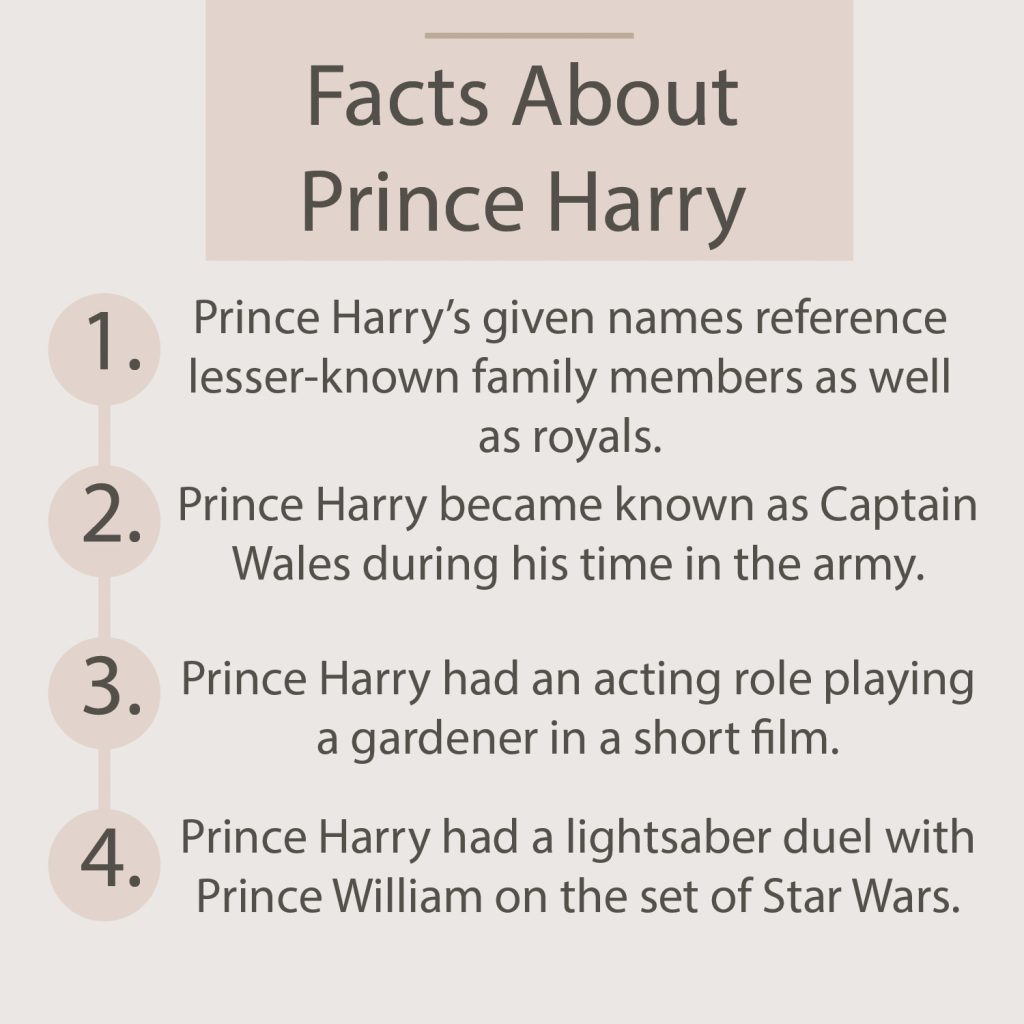
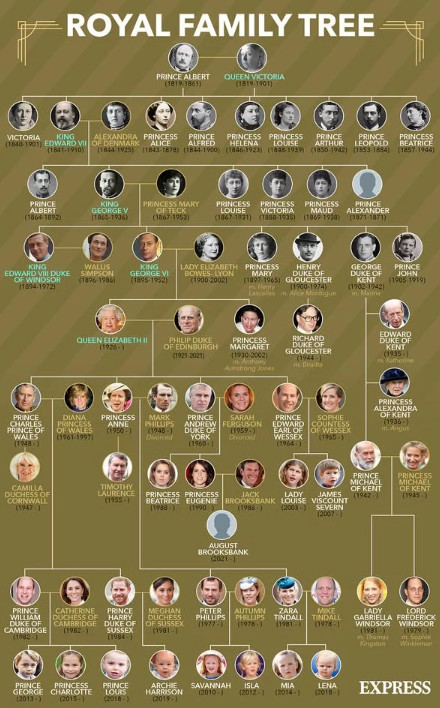

Wish You Were Here

Someone Else's Shoes
You May Also Like

How to read Mexican Gothic
May 11, 2023
The Fury
August 5, 2024